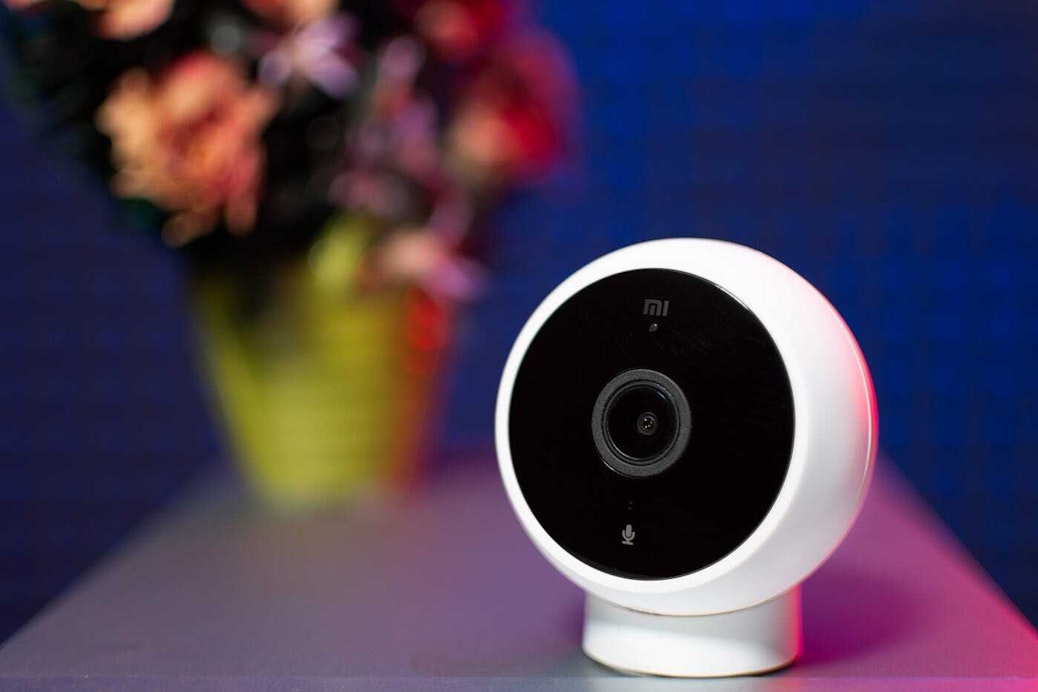
There are many wrong reasons for bringing a connected product to market. It is important to acknowledge that the reasons that move a company to action will define the functionality, business model and go-to-market actions the company will take. Furthermore, the reasoning will dictate what will ultimately be measured to assess success. Bottom line, going at it for the wrong reasons increases the probability of failure dramatically.
With years of experience designing and developing for IoT (Internet of Things) products, I have seen these common missteps more than a few times. The three points below are sobering, but if you’ve got big plans for the connected product you’re developing, they are important to bear in mind:
- You will not sell more of a particular product when you bring to market its connected version. The novelty effect of a “smart” device is long gone and its impact, if ever substantial in the past, is currently negligible. This is not to say that you can’t find ways for it to generate additional revenue; it certainly can, but not simply because more people will buy devices due to their connected nature.
- You will not charge more and raise prices. As is the case of incremental sales, higher prices due to product being “smart” is no longer significant. Displaying “smart” on the box and touting an app has justified a price uptick in the past. But because many products are flooding the space, it has become more of a defensive move against competition. It is also worth noting that many app implementations create little value to end user, reducing the perceived value of having “smart” on the box.
- It will not improve brand perception. You probably saw this coming, but the time of automatically realizing increased mindshare due to having a connected device has also passed. But don’t worry, customer experience, in its broader sense, can positively impact brand perception, which I’ll get to in a moment.
Now, if the connected product initiative ends in creating a digital remote control, then this is where it ends. However, there’s a twist here that can actually make a connected product a strategic change worth pursuing.
A connected product, beyond offering the end user an appropriate digital interface, should also enable manufacturers to own their user base, which is the true groundbreaking effect of a well-connected product.
Gathering data from devices and users, analyzing it and then communicating back on an individual basis establishes a relationship with the users that can, in turn, improve customer experience, as well as move manufacturers from a one-time transaction model to LTV.
The impact of a direct connection with the user base will not only grow sales of the particular connected product but will also drive revenue from upselling and cross-selling. It is however a different kind of implementation and approach.
Owning the user base is the one significant, good reason for bringing to market a connected product. Stopping short of that makes it a tactical move with often disappointing results.






